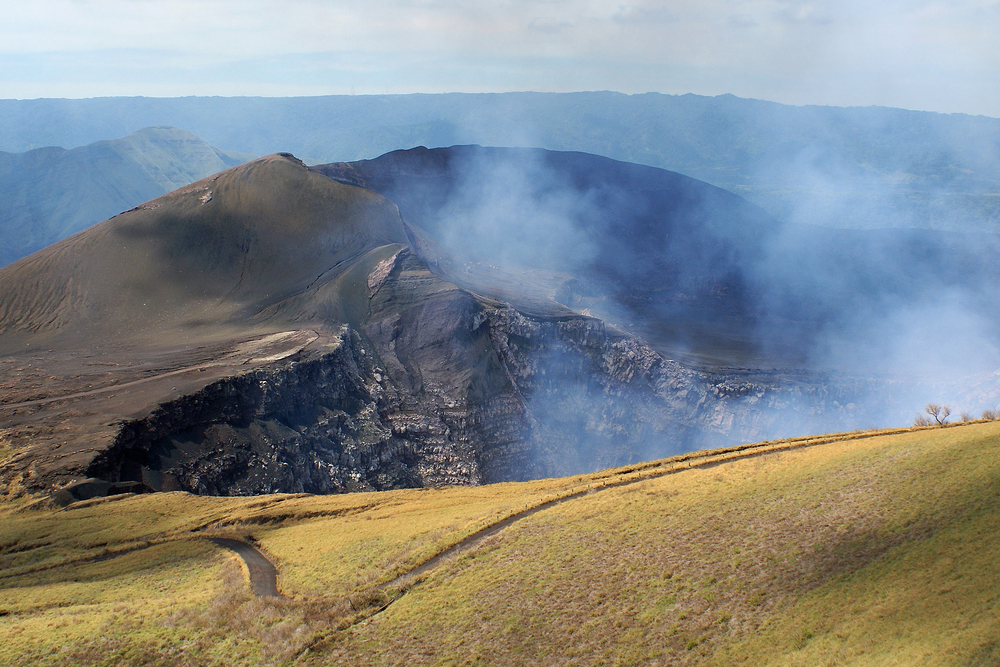Zapatera Archipelago Overview
Zapatera Archipelago National Park, or Parque Nacional Archipiélago de Zapatera in Spanish, is a protected natural area located in Nicaragua, covering approximately 200 square miles (518 square kilometers).
It is situated in Lake Nicaragua, just off the western shore near Granada, and encompasses Zapatera Island along with several smaller islets. The park is a blend of natural beauty, archaeological significance, and diverse wildlife, making it an important conservation area and a fascinating destination for visitors.
The terrain of Zapatera Archipelago National Park is defined by volcanic landscapes, dense tropical forests, and rolling hills that create a striking contrast with the deep blue waters of Lake Nicaragua. Zapatera Island itself is of volcanic origin, and its rugged, forested slopes are punctuated by ancient lava flows and rocky outcrops.
The park also features wetlands and mangroves along its shores, providing essential habitats for numerous species. The island’s rich vegetation includes a mix of dry tropical forest and humid forest, with towering ceiba trees, mahogany, and various fruit-bearing plants that support local wildlife. Streams and small waterfalls cut through the island’s hills, adding to the park’s lush and dynamic scenery.
The wildlife within the park is diverse, with an array of mammals, birds, and reptiles inhabiting its forests and shores. Visitors may spot howler monkeys moving through the trees, their loud calls echoing across the island, as well as white-faced capuchins, ocelots, and deer.
Reptiles such as iguanas and various species of snakes are also common in the area. The archipelago is particularly renowned for its birdlife, making it a prime destination for birdwatchers. Herons, kingfishers, hawks, and the strikingly colored motmot are among the many species that thrive in the park’s diverse habitats. Migratory birds also pass through the region, making seasonal visits a rewarding experience for nature enthusiasts.
Beyond its natural beauty, Zapatera Archipelago National Park is known for its rich archaeological heritage. The island was once an important ceremonial and burial site for indigenous peoples, particularly the Chorotega civilization.
Ancient petroglyphs, carved stone statues, and pre-Columbian artifacts have been discovered throughout the island, providing valuable insights into Nicaragua’s early history. Some of these relics remain in their original locations, allowing visitors to see them in their natural setting. The combination of cultural history and natural beauty makes Zapatera a unique destination that appeals to history buffs and outdoor adventurers alike.
Visitors to the park can explore its landscapes and cultural sites through hiking trails that wind through the forests and past ancient petroglyphs. Boat tours around the archipelago offer a different perspective, allowing visitors to take in the scenic views and spot wildlife along the shoreline.
Kayaking is another popular activity, providing a more immersive way to explore the waterways and secluded beaches. Fishing is also permitted in designated areas, with local guides offering excursions to experience the traditional fishing methods used by communities around Lake Nicaragua. Camping is allowed in some parts of the park, offering a chance to experience its tranquility and natural beauty overnight.
Conservation efforts within the park focus on protecting its biodiversity and archaeological sites from threats such as deforestation, illegal hunting, and looting of historical artifacts.
Management initiatives aim to promote sustainable tourism while working with local communities to preserve the area’s natural and cultural heritage. Despite these challenges, the park remains a vital refuge for wildlife and an important archaeological site that continues to captivate visitors and researchers alike.











































































